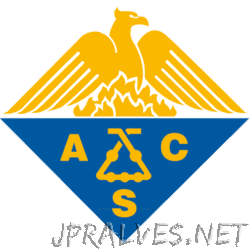Other
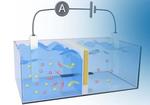
“Estuaries — where freshwater rivers meet the salty sea — are great locations for birdwatching and kayaking. In these areas, waters containing different salt concentrations mix and may be sources of sustainable, “blue” osmotic energy. Researchers in ACS Energy Letters report creating …

“It sounds like something from science fiction: Don a specialized, electronic headband and control a robot using your mind. But now, recent research published in ACS Applied Nano Materials has taken a step toward making this a reality. By designing …

“When you hear the term “robot,” you might think of complicated machinery working in factories or roving on other planets. But “millirobots” might change that. They’re robots about as wide as a finger that someday could deliver drugs or …
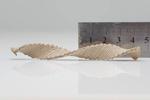
“Wooden objects are usually made by sawing, carving, bending or pressing. That’s so old school! Today, scientists will describe how flat wooden shapes extruded by a 3D printer can be programmed to self-morph into complex 3D shapes. In the …
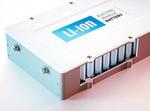
“When temperatures fall below freezing, cellphones need to be recharged frequently, and electric cars have shorter driving ranges. This is because their lithium-ion batteries’ anodes get sluggish, holding less charge and draining energy quickly. To improve electrical performance in the …
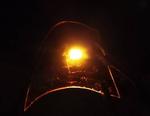
“Giving off a comfortable glow, candles set the ambiance for a special dinner or just a quiet evening at home. However, some lighting alternatives, such as electronic candles, give off unwanted blue wavelengths that interfere with the body’s circadian …

“Camels have a renowned ability to survive on little water. They are also adept at finding something to drink in the vast desert, using noses that are exquisite moisture detectors. In a new study in ACS Nano, researchers describe a …
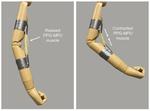
“When stretched or deformed, shape memory polymers return to their original shapes after heat or light is applied. These materials show great promise for soft robotics, smart biomedical devices and deployable space structures, but until now they haven’t been …

“Some electronics can bend, twist and stretch in wearable displays, biomedical applications and soft robots. While these devices’ circuits have become increasingly pliable, the batteries and supercapacitors that power them are still rigid. Now, researchers in ACS’ Nano Letters report …

“The rhythmic motions of hair-like cilia move liquids around cells or propel the cells themselves. In nature, cilia flap independently, and mimicking these movements with artificial materials requires complex mechanisms. Now, researchers reporting in ACS Applied Materials & Interfaces have made …

